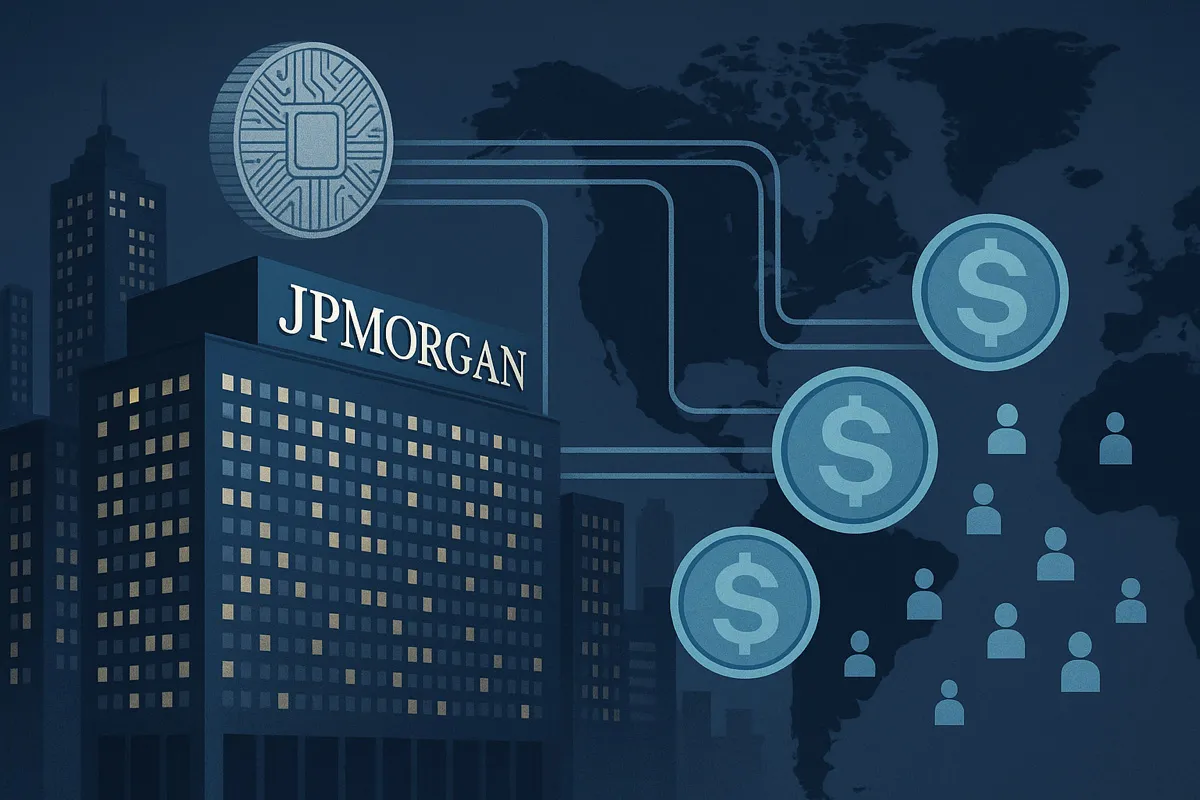JPMorgan Now Runs the Tech That Was Supposed to Kill JPMorgan

Back in 2017, the narrative was simple. Blockchain would destroy the banks. Decentralization would dismantle the middlemen. Bitcoin was going to end Wall Street.
Fast forward to 2025 and the picture looks very different. JPMorgan now processes $1B daily through Onyx, its blockchain platform. BlackRock tokenizes U.S. treasuries. Circle IPOs at $20B.
The irony is sharp. The institutions that were supposed to die now run the rails.
The Reversal
- JPMorgan runs Onyx, the very chain many believed would end them
- BlackRock tokenizes the treasuries that crypto was supposed to replace
- Circle enriches VCs who once dismissed Bitcoin as worthless
Meanwhile, the loudest voices in Silicon Valley spent years arguing decentralization theory in coworking spaces while reality moved elsewhere.
Where It Actually Happened
- A vendor in Lagos started accepting USDT when banks charged 8% fees and delayed settlement for days
- A mother in Manila sent money home in minutes instead of weeks
- A developer in Buenos Aires preserved savings in stablecoins while pesos inflated 140%
This is where blockchain delivered real impact: not in conference panels about governance models, but in everyday survival across the Global South.
The Scoreboard
- Silicon Valley: 2% of wallets control 95% of Bitcoin
- Global South: 400M people use stablecoins to protect savings, make payments, and send money home
We didn’t kill banks. We upgraded their infrastructure. We didn’t democratize wealth. We made poverty slightly more manageable.
What We Missed
The revolution didn’t fail. It delivered something different.
What people needed wasn’t pure decentralization or perfect ideology. They needed money that worked today. They needed faster remittances, protection from inflation, and ways to transact when the banking system failed them.
That’s what stablecoins delivered, quietly and at scale.
Growing Up
In 2017, the dream was to tear the system down. In 2025, the reality is that the same institutions run on the rails we built.
Was this selling out, or growing up?